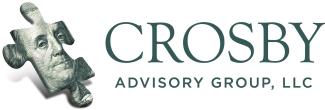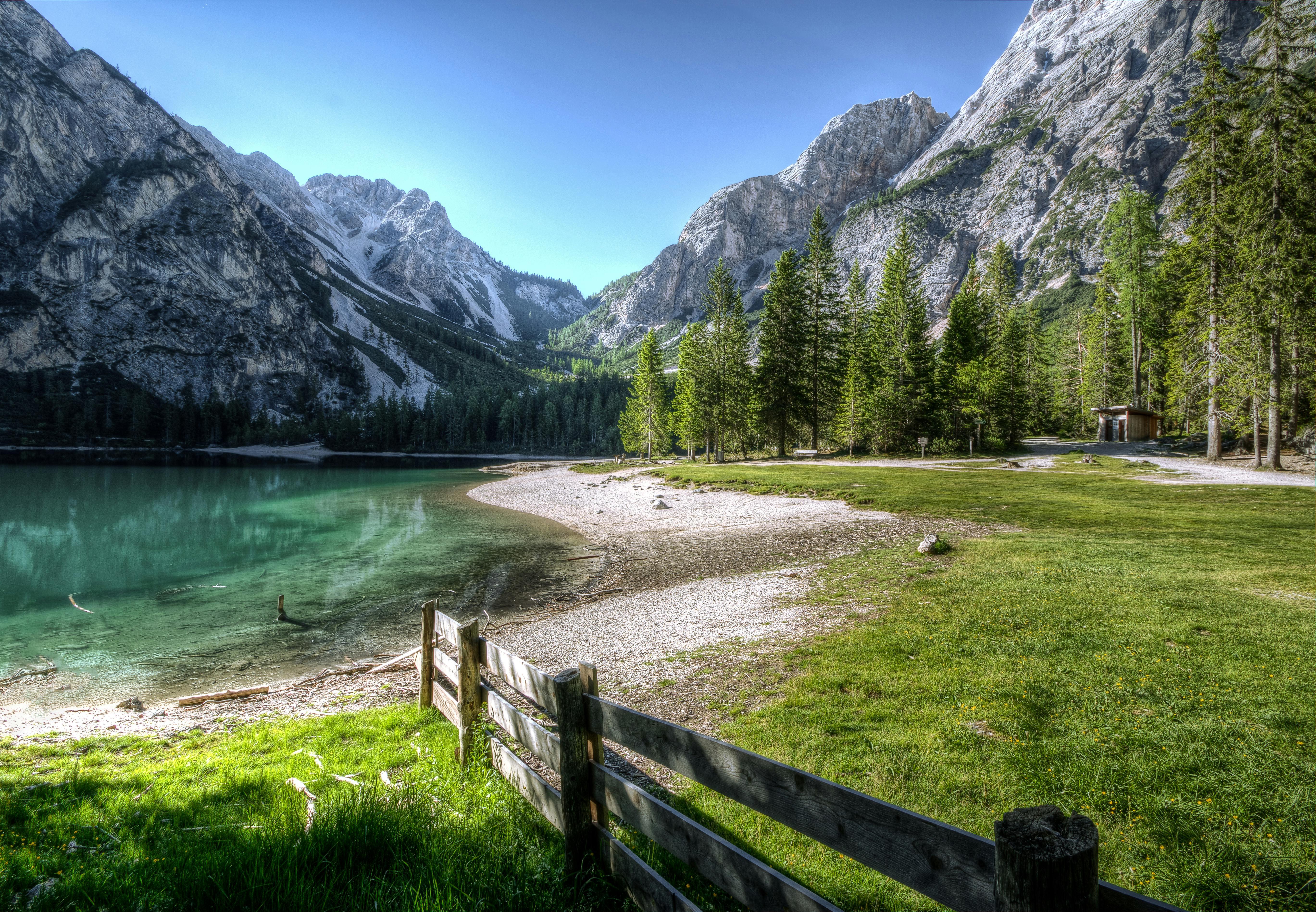
T-Bills Exciting, Carly Snyder and Changes to 529 Plans
Conservative Growth: Treasury Bills Exciting Again
We are adding individual Treasury Bills (T-Bills) to many of our risk-based strategies. It’s been many years since an investor could get excited about T-Bills, but they now offer investors stability and competitive yield without locking money up for an extended period. Three-month T-Bills now pay over 4.87% and six-month T-Bills pay over 5%. How does a T-Bill work? T-Bills are issued at a discount to their par (face) value. At the end of the duration the investor profits from the difference between the discount and the par value. The great thing about holding T-Bills is that you don’t have the volatility associated with interest rate risk like you do in a bond fund as long as the investor holds the bills to duration.
If you like the idea of conservative growth that T-bills provide but want liquidity as well, we like the idea of utilizing staggard durations along with a money market so that each month the investor has bills that are reaching maturity. By utilizing short-duration T-Bills, the investor may also be able to take advantage of higher interest rates, as rates are expected to continue to rise in the near term.
Meet the Team: Carly Snyder
Although Carly is our newest addition to the Crosby Advisory Group team, I’ve actually known her longer than any of our team members. I first met Carly in the early 2000s through her sister, my wife Lindsay. The three of us attended Mount Union College, so we spent quite a bit of time together before I graduated. One of our biggest accomplishments was – what we deem – the invention of the now extremely trendy charcuterie board. At the time we called it a cheese party but ultimately it paved the way for our creativity and foresight. Over the years I’ve witnessed Carly take on high-visibility roles at large technology companies. She’s written keynotes for CEOs, implemented business strategies when there were none, and executed marketing programs around the world. I never thought the day would come when she’d walk away from her corporate career, but the Fall of 2021 proved me wrong (in a good way). We brought Carly to our team to lead our marketing efforts and to offer advisory services to businesses looking for exponential growth. Those that have worked with her at CAG Marketing know that her knowledge and experience bring a unique opportunity for small-mid-sized businesses. Carly and I have had many adventures over the years together – cheering on college soccer, engagement ring shopping, vacations, hunting ghosts, and watching my kids grow up, – but this one may be our most exciting. Whenever a business owner asks me what they can do to increase their revenue, my first response is to spend 30 minutes talking to Carly. I have found business owners walk away with a clearer path to growth and more ideas than they can implement at one time .
Carly currently lives in St. Louis and operates CAG Marketing remotely with clients in Ohio, Florida, California, Wisconsin, Missouri, and Belgium. When she’s not working with clients, her favorite thing to do is be an aunt to her nieces and nephew. She’s a board member for the Missouri Arthritis Foundation, she loves to travel, and she never misses a chance to enjoy being outside. You can learn more about Carly at CAG Marketing.

Big Changes to 529 Plans
529 Plans are “education savings plans” that can allow parents or grandparents to save tax efficiently for educational costs for children or grandchildren. When they are utilized as intended, they can provide a triple tax savings. 1) While 529 plans are not tax deductible on the federal level, most states allow for a state tax deduction (check your state, and it is important that your plan meets the requirements of your state). 2) Capital gains and dividends can grow tax-deferred within the account while accumulating. 3) If withdrawals are made for qualified educational expenses, the money can be withdrawn tax-free.
In prior years, the pitfall to the 529 plan was there were limited options if not all the assets in the 529 plan were used for educational purposes. What if the child didn’t attend college? What if the child got a scholarship? For these reasons, many advisors and investors questioned whether the tax savings of a 529 plan justified pigeonholing their money for education only.
The SECURE Act 2.0 made big changes to the rules of the 529 plan that make it more appealing for saving for a child. Effective January 2024, unused 529 value can be rolled over to a Roth IRA for the benefit of the child. The maximum amount that can be rolled over from a 529 plan is $35,000, and the child is still limited to the annual contribution limit ($6,500 in 2023). There are some other hurdles the IRS imposes, such as the 529 plan must be open for 15 years before rolling to a Roth and the last contribution must be made at least 5 years ago. The fact is 529 plans finally have a better second act than they used to have. 529 plans can also:
- be used to pay college debt (in most states)
- be used to pay for K through 12 educational expenses
Keep in mind that any savings plan should start with the goal first. If the goal is to buy a house or start a business, a 529 plan is not appropriate. However, for those looking specifically to save for education, a 529 plan has become even more attractive. You can listen to Nate and Derek discuss changes to the 529 plan here.
Disclaimer: Crosby Advisory Group is a registered investment advisor in Ohio, Texas and Florida. Information in this newsletter is for informational purposes and does not replace individual investment advice. Investing involves risk including potential loss of principal. Consider all risks and fees before investing. CAG Marketing is a division of Crosby Advisory Group. Nate Crosby has ownership interest in NMD Insurance Agency.

